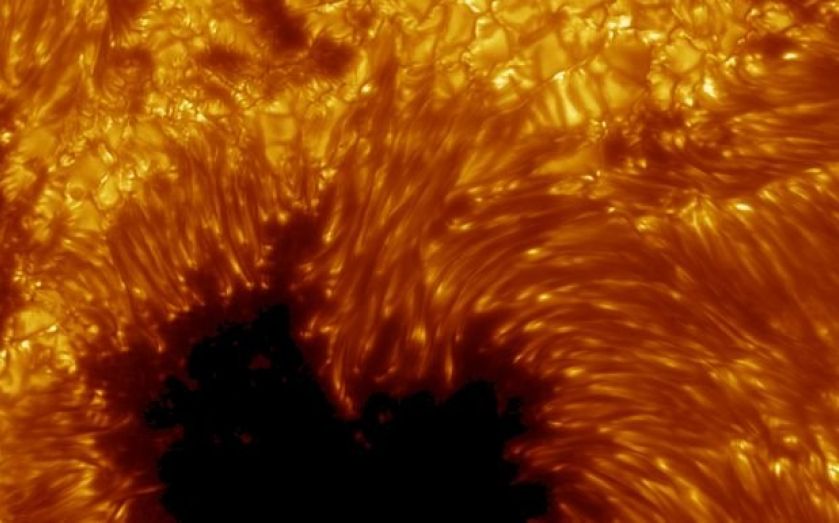| Updated:
Spotless sun leaves scientists stumped

A spotty sun is what scientists would expect at this point in the 11-year solar cycle, but surprisingly that is not what they are seeing.
The magnetic activity of the sun fluctuates according to where it is in its cycle, with periods of heightened activity leading to the appearance of spots on its surface.
These visibly dark areas are caused by sharp reductions in surface temperature resulting from the increased magnetic activity, and they usually appear in pairs representing opposite magnetic poles.
Right now, the sun is going though a period of maximum activity, and during such times sunspots and solar flares being fired by the sun are common sights.
But occasionally, as is currently the case, a “Big Quiet” takes place, where the spots that should be there are not present, leaving scientists baffled and without an explanation.
For the past four days, very few sunspots have been detected by telescopes pointed towards the sun. In fact, at times there have been none whatsoever.
Alan Duffy, an astrophysicist at Swinburne University, told the Sydney Morning Herald that the event was “very weird”.
“Sunspots can change all the time, but when you should be seeing many dozens at any one point of time, it’s quite strange that we’re not seeing any at all,” he said. “We don’t have any idea why that is.”

Scientists have seen very few sunspots over the past four days (Source: NASA)

Sunspots are caused by sharp reductions in surface temperature (Source: NASA)